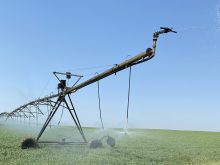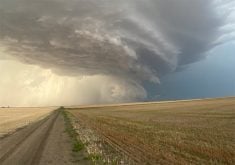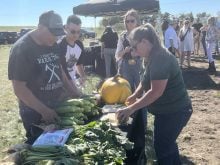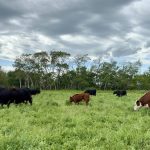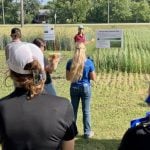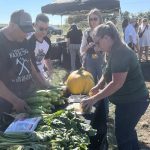When Don Sendziak wanted the latest information about succession planning, he poured a coffee, walked to his office and watched a power point presentation.
However, the meeting wasn’t at his Calmar, Alta., farm; it was through his computer.
Webinars, or web-based seminars, have become a popular and inexpensive way to get information to farmers.
Just like in a meeting hall, farmers can watch a power point presentation on their computer screens with the print and graphics clearly shown. The speaker talks about the image on the screen and the voice is broadcast live through the computer speakers.
Read Also
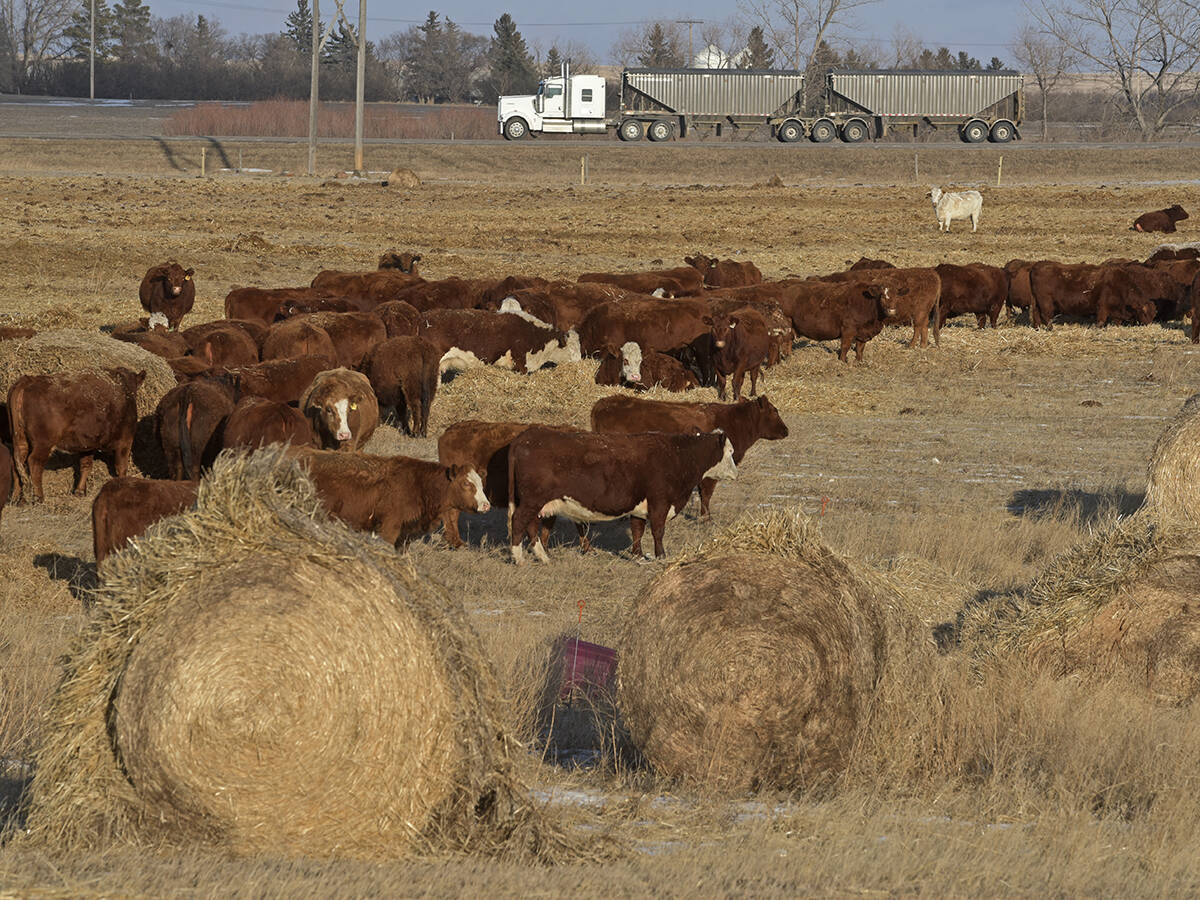
Canadian Cattle Association hopeful of agreement with Alberta group
The Canadian Cattle Association is optimistic the two parties will work through the issues ABP identified and resolve them before the July 1, 2026, withdrawal date.
“The voices came through the computer loud and clear,” Sendziak said.
Webinars are just one tool the Alberta Canola Producers Commission uses to get technical information to farmers, said Rick Taillieu, the commission’s extension co-ordinator and head of grower relations.
As farms become bigger and farmers get busier, fewer of them want to travel to another community and spend the day listening to speakers in large conference rooms.
“It’s hard to get growers to meetings, especially during the growing season,” Taillieu said.
However, better access to high speed internet means farmers no longer have to travel to meetings.
“It offers us a way to deliver speakers to the house instead of everyone coming to one central location.”
As well, the costs are minimal.
“It’s a very efficient use of grower dollars,” he said.
The commission uses a service called Gotomeeting.com and pays an annual fee to have the technical details arranged.
Taillieu said an average of 100 people sign up for each webinar, and 75 to 80 will watch it live. Another 200 will watch the recorded version on the commission’s website.
Farmers participating in an Aug. 12 webinar with Alberta entomologist Lloyd Dosdall about the biology and control of the diamondback moth and its natural enemies were able to type questions for Dosdall.
Taillieu could interrupt the presentation and ask Dosdall for an answer or he could save the questions until the end of the presentation.
That webinar was the commission’s eighth since spring. The group plans to host them every two weeks following harvest.
“We’re definitely doing more of this,” Taillieu said.
“Of all the things I’ve done in extension work, I have never seen as much positive feedback. The guys love it. They get to sit in their office and have a coffee and watch the presentation and then go off to work. They’re not driving hours to a meeting.”
Not everyone has had as much success with webinars.
Maureen Fitzhenry, director of corporate communications with the Canadian Wheat Board, said the board struggles with finding the best way to deliver information to farmers.
Webinars about producer payment options and the weather farm command centre had mixed success.
“My impression is they’re medium successful,” she said.
Average farmer participation per webinar is usually less than 10, Fitzhenry said. Sessions on producer payment options attract 10 to 20 elevator staff members, she added.
Many people register when the webinar is being promoted, but then fail to participate. Fitzhenry said the board wonders if recorded webinars that allow farmers to access them whenever they choose would work better than live sessions.
Amanda Olekson of the Saskatchewan Pulse Growers said her organization has not used webinars.
A 2008 survey showed members still preferred to receive information by mail. Half of the farmers had access to high speed internet and another 30 percent had dial up.
“We can’t even get them to use our website,” she said.



